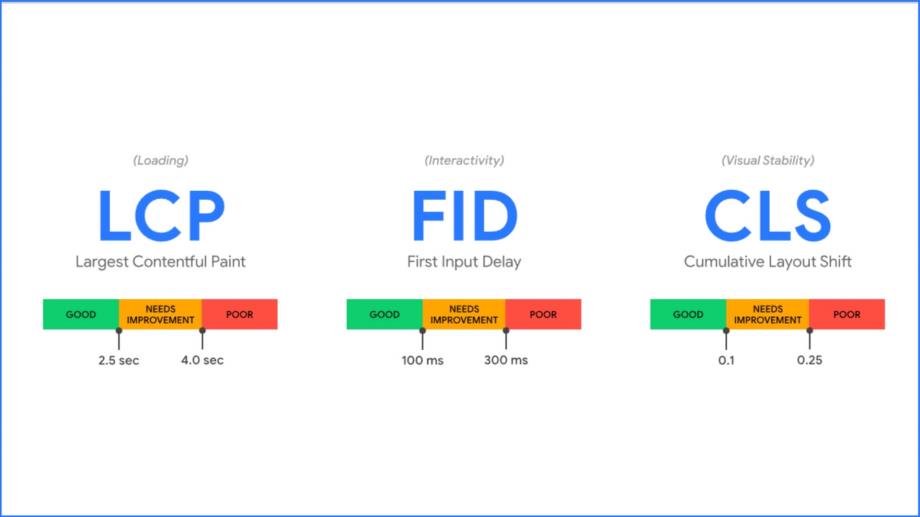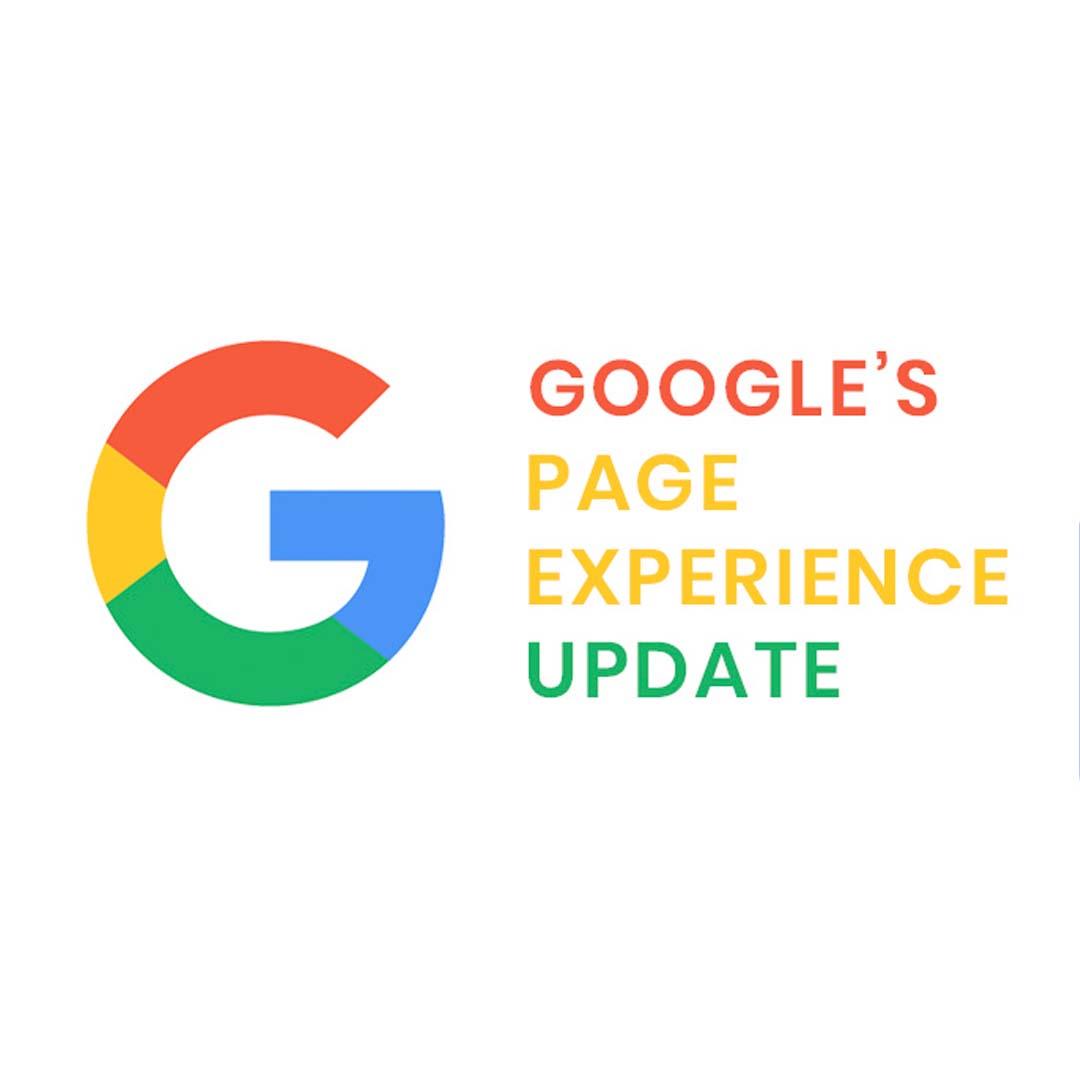Google 'Page Experience Update' - What you need to check to ensure your web traffic isn't compromised
A significant Google algorithm update that has had major impact on the web has recently completed its rollout after a rocky few months.
A significant Google algorithm update has had major impact on the web, with the good news being our Search Engine Optimisation team has found great success for impacted clients, turning the numbers back around quickly.
Dubbed the "Page Experience Update Rollout", it was originally due to be completed in August but got extended by more than a month - we think primarily because Google didn't expect it to have such a dramatic impact as it did and needed to roll back / fine tune some of the stringent new rules.
In short, if you've seen big swings in traffic to your website since late May, they should have evened out by now. If they haven't, please get in touch and our SEO experts will crunch the numbers, analyse the most likely cause and get your site back on top.
What happened?
Google has always maintained it wants to present not only the best information, but also the best presented websites - that is, sites that look good on all devices and load super fast to give website visitors the best experience. Hence the name of this update "page experience".
Although it has talked about it for a long time, this is the first major push since it went to "mobile-first" methodology into actually penalising sites that do not present excellent page experience signals. The main difference is what is called Core Web Vitals, and it has caused some serious shockwaves.
The page experience signals of Google now include:
- Core Web Vitals (see below)
- HTTPS (having an SSL certificate on your site)
- Mobile-Friendliness (how well the site works on mobile devices)
- Intrusive Interstitial Guidelines (those annoying pop-ups on sites that want you to fill in a newsletter subscription or advertise some offer. Blocking the content that people came to the site for is a massive NO-NO.)
These signals combined now play a vital role in deciding the rankings of websites. So let's say you had pretty much the same quality information as one of your competitors, same number of 5-star reviews on Google My Business etc etc. Now, Google’s algorithm will evaluate the page experience signal and rank those pages with a better signal scores higher up the ranks.
How do I test it?
The easiest way for the layperson to check it out is go to https://webpagetest.org/ If you get any poor scores here, you need to talk to us. But in particular is the Core Web Vitals.
Core Web Vitals are a set of KPIs that Google now takes very seriously for all web pages. They include measurements of different components of a user’s real world experience with a page. These include how quick a page loads (LCP or Largest Contentful Paint), how quick the first input is delayed (FID or First Input Delay), and the visual stability of a page (CLS or Cumulative Layout Shift). By focussing on improving these KPIs on web pages for SEO clients, Kook has seen some dramatic improvements in organic search rankings and traffic.
So, how quickly your visitor can interact with the site is paramount, and if it's slow, you need to fix it or your competitors will likely start appearing in front of you.

What's next, Kook?
A meeting with us costs NOTHING. Even if you have an inkling you aren't getting the results you'd expect, let's have a chat.


